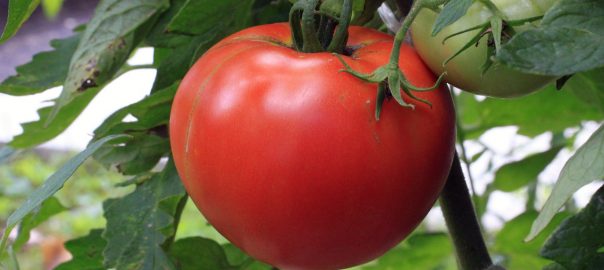| Merriweather | photo: miradessy |
My husband and I were fortunate enough to be able to take a Wild Edibles Foraging Tour with Merriweather today. He's always interesting and engaging, offering an amazing depth and breadth of information about edible, non-edible, and medicinal plants.
The ground was very wet and muddy at the Spring Creek Greenway Nature Center due to all of the rain we've had lately. And trust me, all of that rain is a good thing after the drought we've had for the last two years. However the muddy terrain didn't hold back our eagerness to follow Merriweather over log and trail in pursuit of the knowledge he had to share.
There are rules to wildcrafting or edible foraging:
1. Respect the law – in Texas it is a crime, carrying fines of up to $500, to rustle. That includes plants. So if you're going to harvest you need to ask permission first.
2. Respect the land – just like I learned in Girl Scouts all those years ago, leave it cleaner than you found it and if you packed it in, pack it out.
3. Respect the plant – make clean cuts so the plant can stay healthy and do not over-harvest.
4. Respect yourself – know, definitively, what you are picking and planning to eat. Don't assume because you could be risking your health.
It was a fascinating class and I think everyone was struck by the vast number of edible plants in our environment that we are not aware of. There was a mind-boggling amount of information. Although there are other books out there, I'm waiting for Merriweather to write one of his own because I'm sure it will be good. He has a unique point of view when it comes to sharing this information.
| luna moth | photo: miradessy |
There were lots of neat things to see during the class, not just plants. One was this beautiful luna moth which patiently clung to the branch, allowing us to turn it over so everyone could photograph “the pretty side.”
In spite of the chilly weather, overcast conditions, and muddy terrain everyone appeared to enjoy the expedition tremendously.

